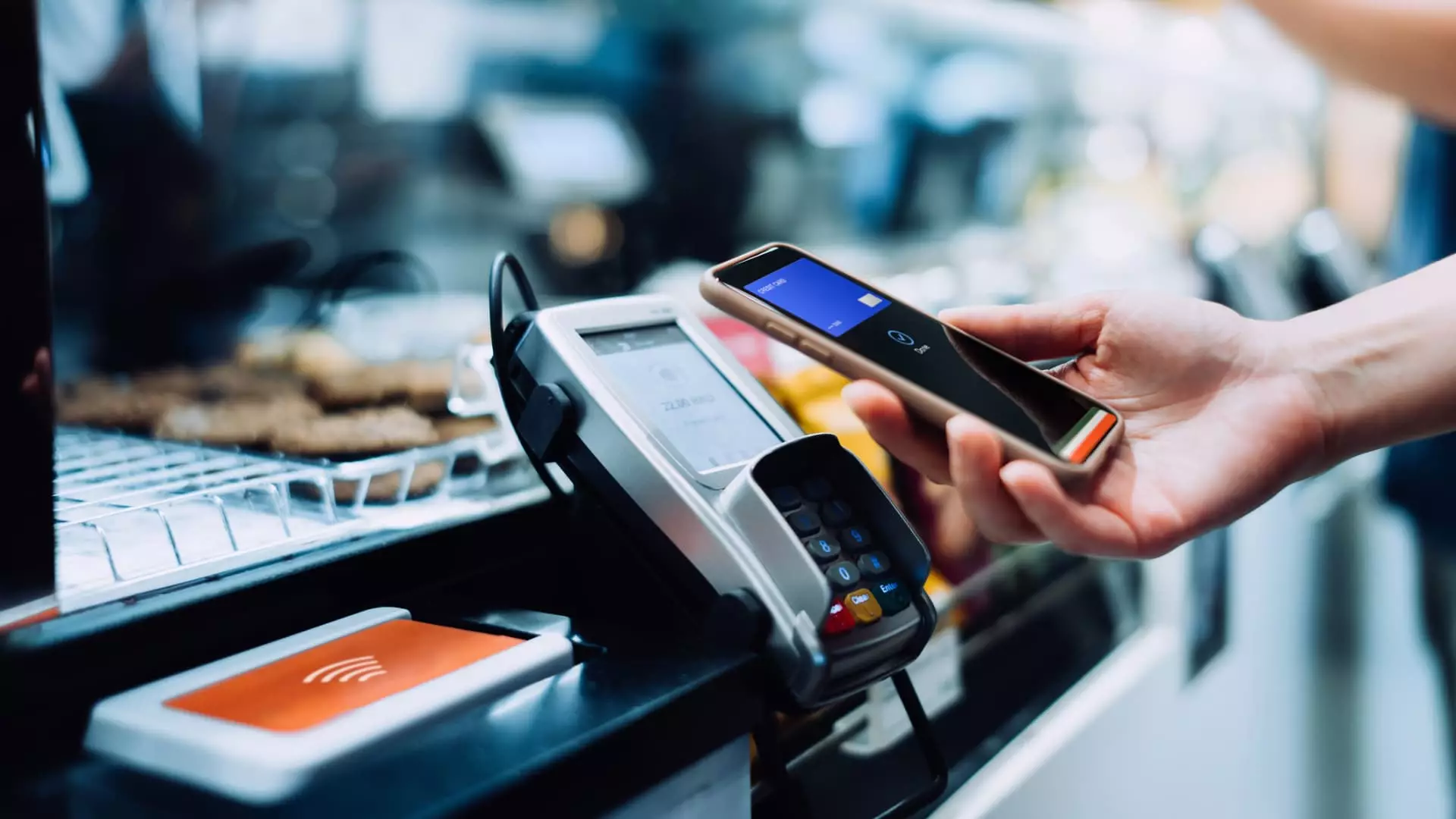In a world where convenience is king, the battle for the crown of peer-to-peer payment apps is heating up. Venmo and Cash App are the two contenders squaring off in an arena that attracts millions of users seeking real-time transactions and simplified financial exchanges. Yet, the recent quarterly earnings reports reveal a stark disparity in their trajectories, with Venmo carving a notable path to success while Cash App struggles to maintain its footing. As market dynamics shift, the lessons learned could provide insight into the future of digital finance.
Venmo’s Strategic Ascendancy
Venmo, under the ownership of PayPal, is riding a wave of momentum with a reported 20% increase in revenue in the first quarter compared to the previous year. This growth comes as a breath of fresh air for PayPal CEO Alex Chriss, who inherited a company grappling with stagnant performance. By capitalizing on features like the Venmo debit card and enhanced online checkout integrations, Venmo has achieved a growth rate that is double that of its total payment volume. Users are not only using Venmo more frequently but are also increasingly engaging with monetizable features, suggesting a robust transition from mere transactional use to a deeper relationship with the platform.
The elements behind Venmo’s ascent are more than superficial; they reflect a deliberate strategy to monetize its user base effectively. With millions of new debit card users joining its ranks, the retention and increased usage of such features illustrate a crucial understanding of user engagement. According to Chriss, the ongoing investment is starting to yield tangible results, shaking off the specter of underperformance that has plagued PayPal in the past.
Cash App’s Unexpected Downturn
In sharp contrast, Cash App’s recent revenue figures tell a different story. Block, the parent company, reported disappointing results, with an alarming decline in market confidence reflected in its stock’s after-hours trading. Despite a 10% growth in gross profit, Cash App’s failure to meet analysts’ revenue estimates serves as a glaring indication that the once-popular platform is at a crossroads. CEO Jack Dorsey openly admitted to the missteps that have led to Cash App’s current struggles, expressing a desire to refocus on the foundational elements of the product—network density and user experience.
The feedback from users about Cash App feeling more like a limited tool rather than a robust banking platform raises essential questions: Is it enough to merely offer users the ability to send money? In an era where consumers demand comprehensive services, the experience provided by Cash App falls short. While Dorsey appears optimistic about turning the tide through newly unveiled options like Cash App Borrow, one must wonder: will these enhancements suffice to reignite the platform’s popularity?
The Importance of Adaptation
As Venmo thrives on creating a multifaceted ecosystem that engages users, Cash App’s struggles shine a light on the risks of complacency in a rapidly evolving digital landscape. Peer-to-peer payment applications must constantly evolve, or they risk being left behind. The emphasis must not only be on attracting users but also on providing a seamless experience that encourages long-term loyalty.
Moreover, it is imperative for these companies to recognize the increasing consumer expectation for these apps to feature banking functionalities. As traditional banking methods become obsolete in the wake of new digital solutions, consumers are looking for platforms that can meet all their financial needs. Those that can integrate traditional banking services into their offering have the potential to capture a wider audience and secure their place in an ever-competitive marketplace.
Future of the Payment Landscape
The contrasting paths of Venmo and Cash App offer more than just a snapshot of current market conditions; they serve as a harbinger of the shifting dynamics within digital payments. As these companies evolve, they must remain mindful of their user base and be willing to pivot in response to feedback and market needs. While Venmo seems to have its sights set on a prosperous future through strategic adaptations, Cash App’s current plight serves as a cautionary tale in the necessity for continuous improvement.
In the realm of peer-to-peer payments, the stakes are high, and only those willing to innovate and engage meaningfully with their users will emerge victorious. The shifting tides of consumer expectations and market competition will ultimately determine which platform prevails, but one thing is certain: the landscape of digital finance is far from settled, and the race is only just beginning.

